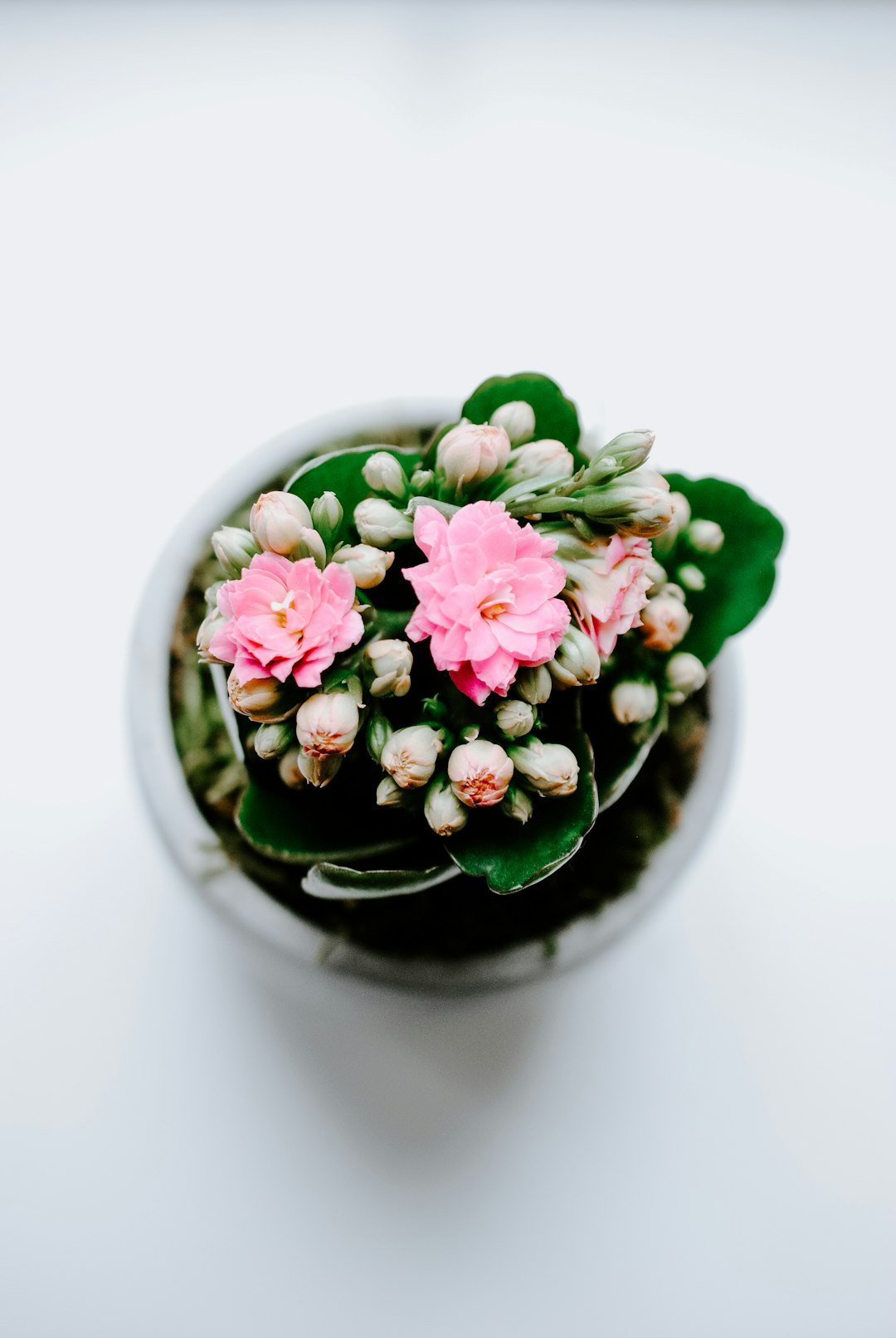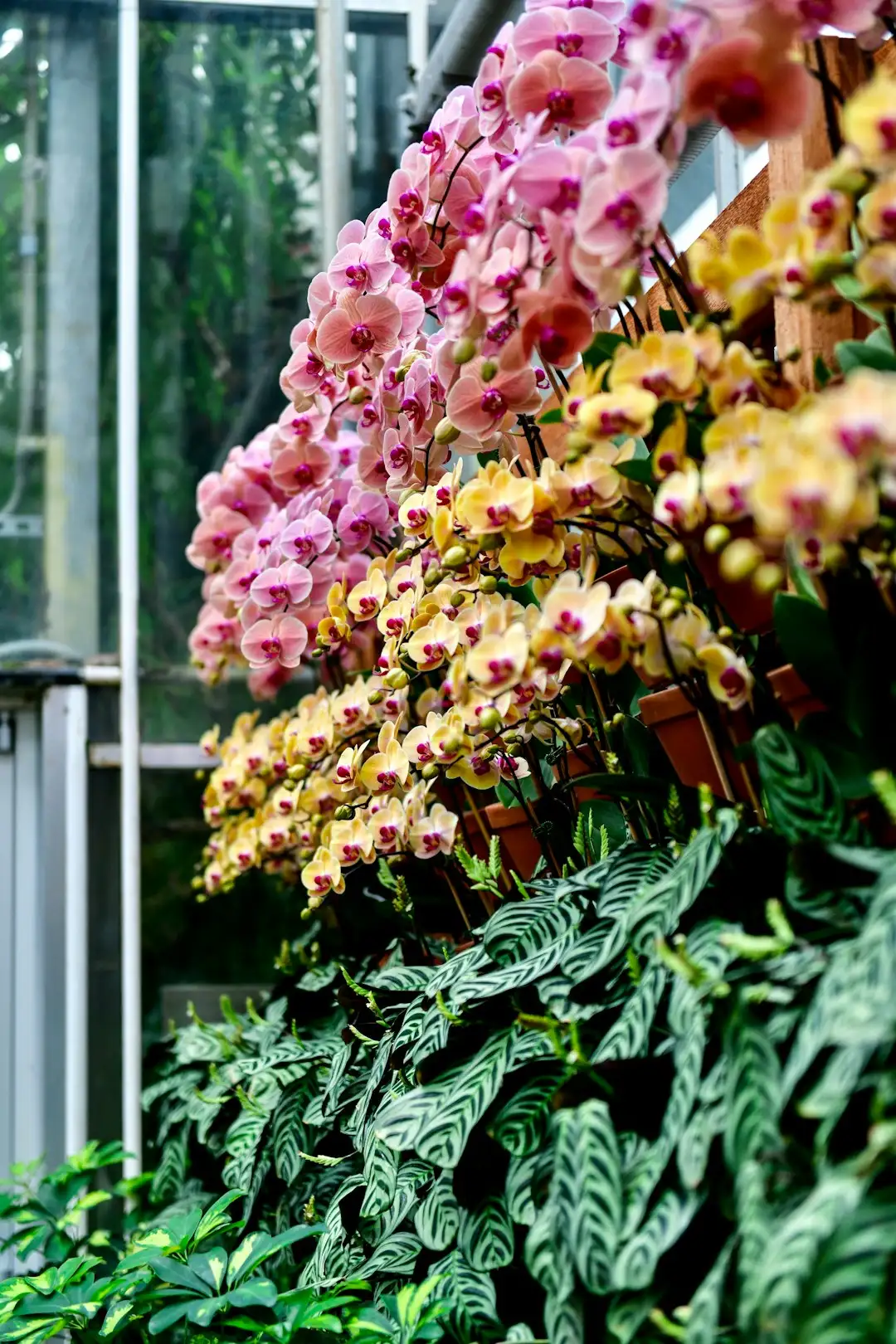Spring is a season of renewal and color, and what better way to embrace its beauty than by adding bulb - type anemones to your yard? These charming flowers are a delightful addition that can transform any outdoor space into a vibrant oasis. In this article, we'll explore how and where to plant these bulbs and how to care for the plants to enjoy their stunning blooms.
### Understanding Bulb - Type Anemones
Bulb - type anemones come in a variety of species, each with its own unique characteristics. Some of the most popular ones include Anemone blanda and Anemone coronaria. Anemone blanda, also known as the Grecian windflower, features delicate, star - shaped flowers in shades of blue, pink, and white. It is a low - growing plant that spreads easily, making it perfect for ground cover. Anemone coronaria, on the other hand, has larger, more showy flowers and comes in a wider range of colors, including red, purple, and bi - colors.
### Choosing the Right Location
One of the first steps in successfully growing bulb - type anemones is selecting the right location. These plants thrive in areas that receive partial to full sun. In regions with hot summers, a spot that gets morning sun and afternoon shade is ideal. The soil should be well - drained, as anemones do not like to sit in waterlogged soil. If your soil is heavy or clay - like, you can improve its drainage by adding organic matter such as compost or peat moss.
### Planting the Bulbs
Planting bulb - type anemones is relatively straightforward. The best time to plant them is in the fall, about 6 - 8 weeks before the first hard frost. This allows the bulbs to establish roots before the cold winter sets in. Start by digging a hole that is about 2 - 3 inches deep. Place the bulb in the hole with the pointed end facing up. Space the bulbs about 3 - 4 inches apart to give them enough room to grow. After placing the bulbs, cover them with soil and gently firm the soil around them. Water the area thoroughly to help settle the soil.
### Watering and Fertilizing
Proper watering is crucial for the health of bulb - type anemones. During the growing season, keep the soil evenly moist but not soggy. Water deeply once a week, or more often during dry spells. Avoid overhead watering, as this can lead to fungal diseases. Instead, water at the base of the plants. As for fertilizing, you can apply a balanced, slow - release fertilizer in the spring when the plants start to emerge. Follow the instructions on the fertilizer package for the correct application rate.
### Dealing with Pests and Diseases
Like any other plants, bulb - type anemones can be susceptible to pests and diseases. Common pests include aphids, slugs, and snails. You can control aphids by spraying the plants with a strong stream of water or using insecticidal soap. To deal with slugs and snails, you can set up traps or use organic slug pellets. Fungal diseases such as botrytis can occur in humid conditions. To prevent these diseases, make sure there is good air circulation around the plants and avoid over - watering.
### Enjoying the Blooms
With proper care, your bulb - type anemones will reward you with a spectacular display of flowers in the spring. The blooms can last for several weeks, adding a burst of color to your yard. You can cut the flowers for indoor arrangements, which will not only brighten up your home but also encourage the plant to produce more blooms. After the flowers have faded, allow the foliage to die back naturally. This is important as the leaves help the plant store energy for the next growing season.
### Propagation
If you want to expand your collection of bulb - type anemones, you can propagate them through division. Wait until the foliage has completely died back, then carefully dig up the bulbs. Separate the smaller bulbs from the larger ones and replant them in a new location. Make sure to follow the same planting and care instructions as for the original bulbs.
In conclusion, adding bulb - type anemones to your yard is a wonderful way to bring the colors of spring to life. By following these simple steps for planting and care, you can enjoy these beautiful flowers year after year. So, go ahead and start planning your anemone garden today!




















